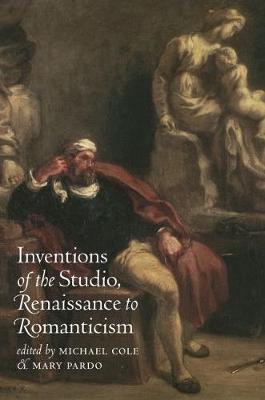Bettie Allison Rand Lectures in Art History
1 total work
Inventions of the Studio, Renaissance to Romanticism
Published 31 January 2005
Between the time of Durer and that of Delacroix, the place the artist worked transformed into what nineteenth-century writers would call the ""studio."" The transformation implied a new kind of exchange between the workplaces of the artisan and the intellectual: the crafting of images provided a model for new kinds of reflection, and the imagined site of artisanship a new setting for meditation. Eventually the studio, as a subject of painting, would be one through which artists would make their most ambitious statements about the nature of their vocations. In Inventions of the Studio, six noted art historians follow this process over five centuries. The book looks at the Renaissance origins of the idea of the studio, at the possibilities that emerged for visualizing it in the late sixteenth and seventeenth centuries, and at its restaging among the Romantics, treating these not as isolated projects, but as part of a coherent tradition. Looking at the studio both as a concept and as an actual space, the book suggests that the studio, in its emergent form, is in many ways what defines the early modern artist.
